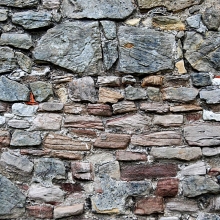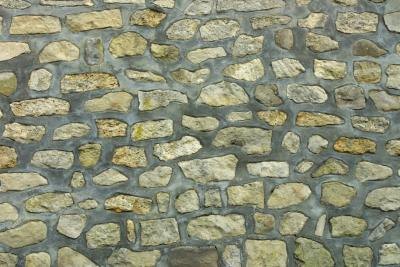THE HISTORY OF CONCRETE

Concrete is a building material looks like a stone that is man made. Combining cement and aggregates with sufficient of water to make concrete. The function of water is allow them to bind it together. Concrete can be reinforced by adding some steel mesh or rods before it poured into mould. In Serbia, remains of a hut dating from 5600 BC have been found, with a floor made of red lime, sand, and gravel. The pyramids of Shaanxi in China, built thousands of years ago, contain a mixture of lime and volcanic ash or clay. The Assyrians and Babylonians used clay as cement in their concrete. The Egyptians used lime and gypsum cement.
The first recorded fact points to the year 1756 when John Smeaton, an engineer made the present day concrete by mixing coarse aggregate (pebbles) and powered brick and mixed it with cement. He built the Eddystone Lighthouse in Cornwall, England with the use of hydraulic cement in 1973. Joseph Aspdin is an investor, invented Portland cement. By burning grounded chalk and finely crushed clay in a limekiln till the carbon dioxide evaporated to made concrete, resulting in strong cement.
The first systematic testing of concrete took place in Germany in 1836. The test measure the compressive strength and tensile of concrete Another main ingredients are concrete, sand, clay, gravel and so on. Concrete that uses imbedded metal is called reinforced concrete. Joseph Monier was a Gardner who made flowerpots and tubs of reinforced concrete with the use of iron mesh. The reinforced concrete combined the tensile power of metal and the compression strength of concrete to support heavy loads.
The first rotary kiln is introduced that made constant production in England. In 1891, George Bartholomew made the first concrete street in Ohio, USA. Concrete found major usage in construction of roads and buildings of that industry. The first concrete dams were built by Hoover and Grand Cooley.
More concrete is used than any other man-made material in the world. Concrete, known a strongest building material has found major uses in dams, highways, buildings and many different kinds of building and construction.

.jpg)
.jpg)
.jpg)

.jpg)












